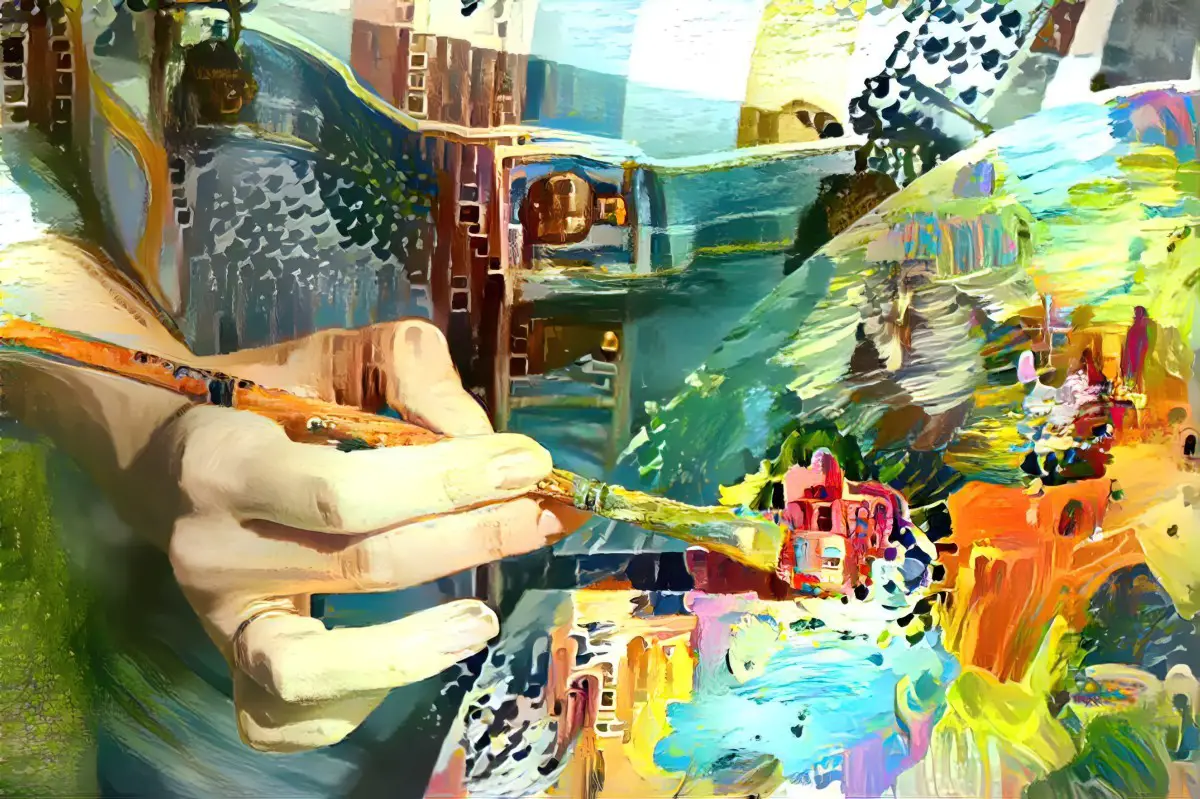Color plays a major role in our lives, from the clothes we wear to the objects that fill our homes. A key element of any illustration is its colors—the hues, shades, and tones used to convey meaning. Colors evoke emotions: red connotes passion and anger while blue imparts a feeling of calmness.
In book illustration, color choices can help capture the mood of a book and enhance its narrative. Color can be used to provide clues to character development or express emotions that words alone cannot convey. For example, New York illustrators might use bright colors to convey joy while muted colors could show sorrow. Texture is also important: rough textures imply strength and stability while smooth textures suggest delicacy and grace.
In this exploration, we embark on a journey into the realm of book illustration, uncovering the ways in which colors, textures, and styles work together to evoke feelings and elevate narratives.

The Art of Visual Storytelling
Since time immemorial, humans have relied on visual cues to convey stories, ideas, and emotions. From ancient cave paintings to illuminated manuscripts, the fusion of images and text has been a universal language that transcends barriers. However, it is within the pages of a book that this art of visual storytelling truly comes alive, as illustrators masterfully use their brushes and pens to craft a visual narrative that complements and enhances the written word.
The Language of Color
At the heart of every illustration lies a carefully curated palette of colors – a language unto itself that communicates emotions, establishes moods, and adds depth to the narrative. Each hue has the power to evoke specific feelings and associations, transforming the reader’s experience into an emotional journey.
Consider the warm, golden tones that often grace the pages of fairy tales. These colors evoke a sense of nostalgia, comfort, and enchantment, transporting us back to a time of bedtime stories and childhood wonder. On the other hand, deep, somber shades of blue and gray can create an atmosphere of mystery, melancholy, or even danger, immersing us in the depths of the unknown.
The interplay of colors is where the magic truly happens. A sudden burst of vibrant red amid a sea of muted tones can draw our attention to a pivotal moment or character, igniting a sense of urgency or passion. Conversely, a monochromatic or limited color palette can create a sense of cohesion and continuity, guiding us through the story’s ebb and flow.
Textures that Engage the Senses
In the realm of book illustration, textures serve as a tactile bridge between the reader and the narrative. The careful rendering of textures – be it the rough bark of a tree, the soft fur of an animal, or the gleaming armor of a knight – adds a layer of sensory immersion that draws us deeper into the story’s world.
Textures not only appeal to our sense of touch but also amplify the emotional resonance of a scene. Consider the difference between a glossy, ethereal texture that envelops a fairy-tale landscape and a gritty, tactile texture that conveys the harshness of a dystopian future. These textures not only enrich the visual experience but also resonate with the emotions and themes of the narrative.

Styles That Shape Stories
Book illustration is a canvas for a diverse range of artistic styles, each with its own unique ability to convey emotions and enhance storytelling. From whimsical and playful to intricate and realistic, illustrators select a style that aligns with the tone and essence of the narrative, creating a visual fingerprint that sets the stage for the reader’s journey.
For instance, a story rooted in magical realism might be accompanied by illustrations that blend fantastical elements with a touch of realism, blurring the lines between the ordinary and the extraordinary. On the other hand, a story inspired by folklore and mythology may call for a style that harkens back to traditional artistic techniques, lending an air of authenticity and timelessness.
The choice of style also allows illustrators to establish a visual rhythm that guides the reader through the story’s rhythm and pacing. The deliberate use of lines, shapes, and compositions can direct the reader’s gaze, emphasize key moments, and even foreshadow events, creating a seamless synergy between the visual and narrative elements.
Elevation of Character and Conflict
Within the pages of a book, characters become our companions, and their journeys become our own. Book illustrators possess the remarkable ability to infuse these characters with life and dimension, allowing us to connect with them on a deeply emotional level. Through the careful manipulation of colors, textures, and styles, illustrators breathe life into characters, making them relatable, empathetic, and dynamic.
A character’s demeanor, clothing, and expression become visual clues that provide insight into their personality, motivations, and struggles. Conflict is another facet of storytelling that benefits immensely from the art of illustration. The use of contrasting colors and bold, dynamic lines can amplify moments of tension and confrontation, heightening the reader’s emotional engagement.

Cultural Nuances and Universal Themes
In a world rich with diverse cultures and experiences, book illustration becomes a vehicle for embracing and celebrating these differences. Illustrators have the power to infuse their work with cultural nuances, traditions, and symbolism, enriching the narrative with layers of meaning and authenticity. By integrating cultural elements into their artwork, illustrators can bridge gaps of understanding and invite readers to explore new perspectives.
This cross-cultural exchange not only enhances the narrative but also fosters empathy and connection, reminding us of our shared humanity. Yet, while celebrating cultural diversity, book illustration also taps into universal themes that resonate across boundaries. Emotions like love, loss, courage, and hope are experienced by people from all walks of life, and illustrators use colors, textures, and styles to evoke these emotions in ways that transcend language and culture.
A Lasting Imprint
As we turn the pages of a book and immerse ourselves in its world, the colors, textures, and styles of illustrations leave an indelible imprint on our hearts and minds. They become visual memories intertwined with the narrative, forever shaping our understanding of the story and the emotions it evokes. The harmonious marriage of words and images within the realm of book illustration deepens our connection to stories, characters, and the human experience itself.

Through the skillful interplay of colors, textures, and styles, illustrators elevate narratives from mere text to a symphony of emotions that lingers long after the final page is turned. In this ever-evolving dance between imagination and artistry, the palette of emotions that book illustration offers continues to captivate, inspire, and enrich our journey through the boundless realms of literature.





![Calgary’s Hottest Neighborhoods for Luxury Homebuyers [2024]](https://thewashingtonote.com/wp-content/uploads/2024/04/Calgary-324x160.png)



